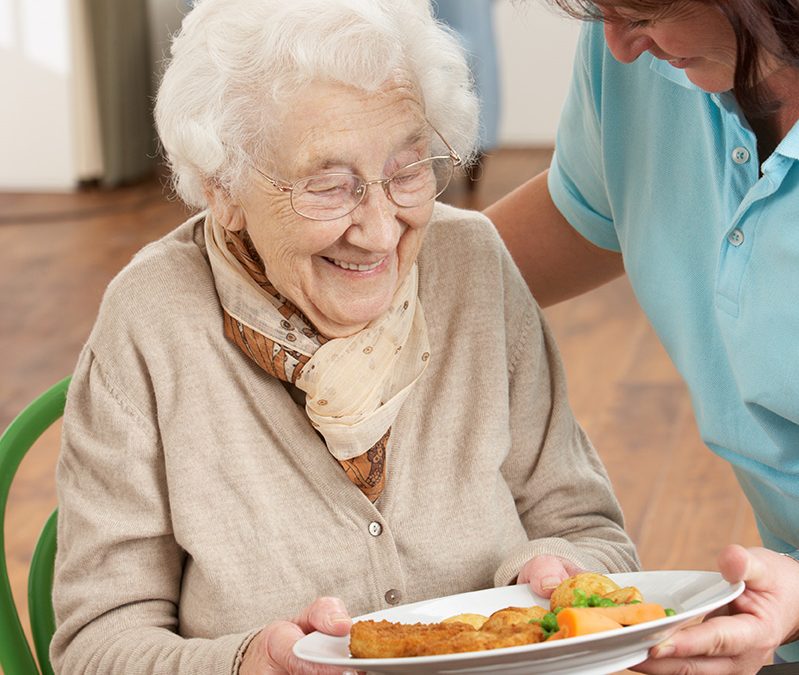Sure you know about BiteSquad and Blue Apron and their ilk, but what do you know about the original meal delivery service, Meals on Wheels, that provides food minus the app and vast selection.
Meals on Wheels started back during World War II in England, when the stout-hearted female volunteers delivered hot meals — sometimes on the wheels of bicycles or even baby carriages — to servicemen. As civilians suffered homelessness and hunger as a result of the Blitz, the need continued to grow and so did Meals on Wheels. After the war, it continued to address the needs of the community’s most vulnerable, primarily the elderly, disabled or ill.
Communities in every culture have rallied to support those in need (think of bringing a casserole to a grieving family or a new mother), but this was something new: a formalized program to feed frail or aged people so they could maintain their independence as long as possible. Hundreds of programs sprung up across the U.S. in the post-war years, but it took an important amendment to the Older Americans Act, signed by Richard Nixon in 1972, to provide official funding for senior nutrition programs.
Today, Meals on Wheels America supports more than 5,000 local programs, employing 2million volunteers. More than 218 million meals were served in 2016.
The Trump administration’s proposed budget cuts to Community Development Block Grants and the Department of Health and Human Services, both of which provide funding for a number of nutrition programs, including Meals on Wheels, is a valid concern, however, every local Meals on Wheels has a slightly different mix of funding sources, including federal and state, but also philanthropic organizations, businesses and individual donors.


